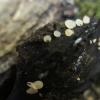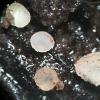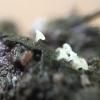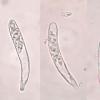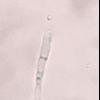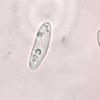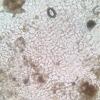
15-12-2025 07:09
 Danny Newman
Danny Newman
indet. Rutstroemiaceae sp. on unk. fallen leavesMc

15-12-2025 21:11
 Hardware Tony
Hardware Tony
Small clavate hairs, negative croziers and IKI bb

15-12-2025 15:54
 Johan Boonefaes
Johan Boonefaes
Unknown anamorph found on the ground in coastal sa

15-12-2025 15:48
 Danny Newman
Danny Newman
Melanospora cf. lagenaria on old, rotting, fallen

15-12-2025 07:05
 Danny Newman
Danny Newman
Pseudosclerococcum golindoi (det: Zotto)near Cosb

15-12-2025 11:49
 Danny Newman
Danny Newman
ITS sequences from the following two collections B

15-12-2025 12:34
 Danny Newman
Danny Newman
indet. Rhytismataceae on oak leafnear Purchase Roa

09-12-2025 12:06
 Andgelo Mombert
Andgelo Mombert
Bonjour,Je recherche l'article concernant Hypobryo
Hymenoscyphus fructigenus?
Ethan Crenson,
26-10-2017 07:03
Hans-Otto Baral,
26-10-2017 07:23

Re : Hymenoscyphus fructigenus?
Completely impossible for a relationship with H. fructigenus. This one has rather short homopolar sporres and I am not even certain with the genus.
You should try better photos of the ascus apex, perhaps the amyloidity and the shape of the apical ring become more clear.
What you have is perhaps Hymenoscyphus varicosporoides = Cudoniella indica = Hymenosc. "calycinoides", a species with an interesting semiaquatic anamorph.
Try this link:
https://drive.google.com/drive/folders/0B5SeyOEkxxZhYXZaR2VWSG50aVk
You should try better photos of the ascus apex, perhaps the amyloidity and the shape of the apical ring become more clear.
What you have is perhaps Hymenoscyphus varicosporoides = Cudoniella indica = Hymenosc. "calycinoides", a species with an interesting semiaquatic anamorph.
Try this link:
https://drive.google.com/drive/folders/0B5SeyOEkxxZhYXZaR2VWSG50aVk
